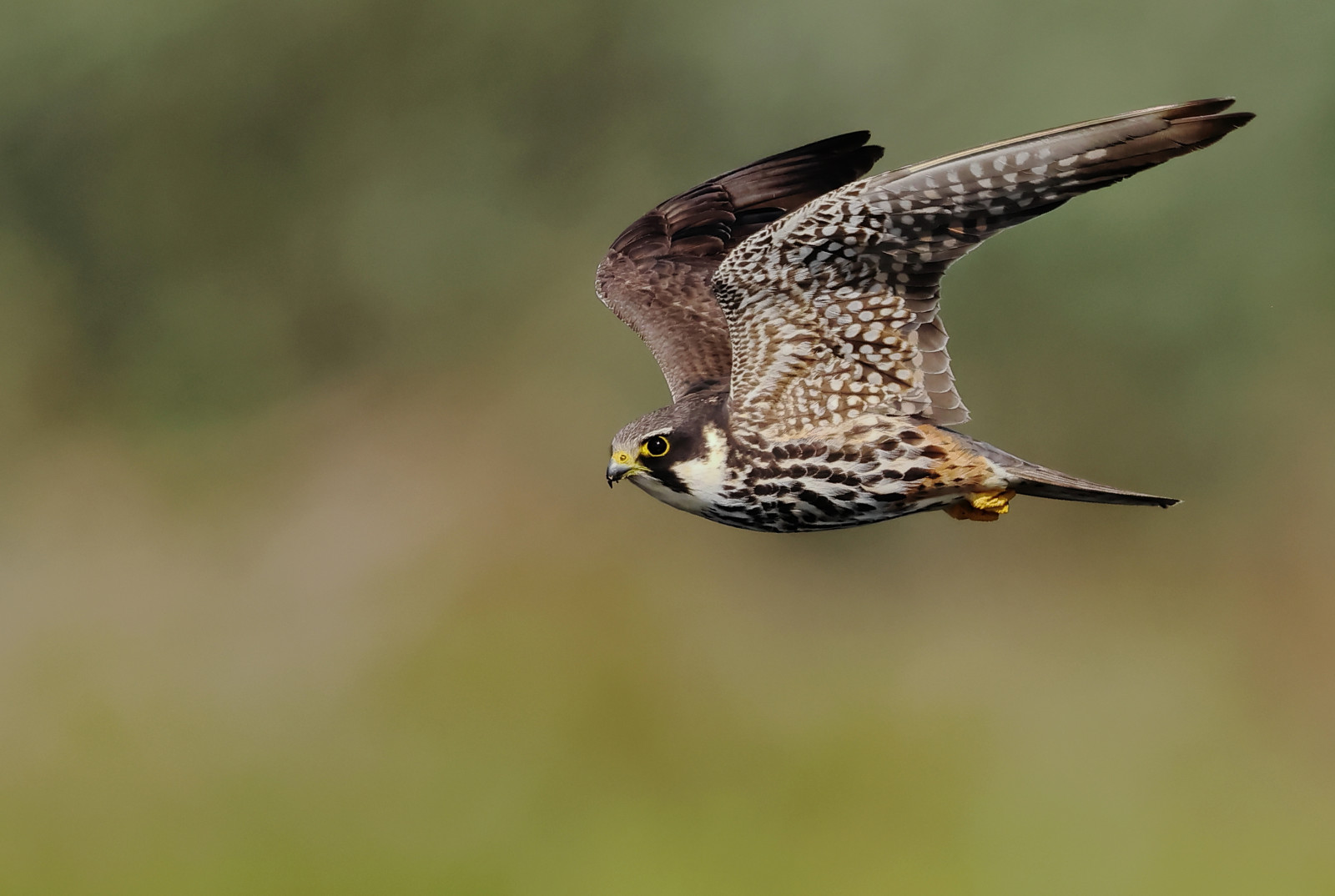Description
The Cotswold Water Park has more than 150 Lakes and wetlands covering 40 square miles. For the past 50 years, sand and gravel extraction has been ongoing, resulting in new habitats such as shallow wetlands, expanses of gravel, sandy cliffs, reed beds and willow carr, whilst the postextraction restoration process produces lakes of varying sizes and shapes, ponds, reed beds, duck marsh and wader scrapes. There can be up to 20,000 wintering waterbirds, 21,000 wintering gulls, vast numbers of breeding warblers along with Dverglo, Gjøk, Sørnattergal, Lerkefalk, Sivspurv, Gulerle, Heipiplerke, Gulspurv, etc. Sailing and other leisure activities also available.
Details
Access
The largest area is south of Cirencester, with further lakes between Fairford and Lechlade. Numerous car parks as indicated on the map. Click on a P in the map to get directions to the parking of your choice. Most parkings have information boards indicating birding areas. Keynes and Neighbridge Country Parks, the Swill Brook area, and North Meadows NNR are recommended.
The Cotswold Water Park Gateway Centre is just off the Swindon to Cirencester A419. Here you can collect a map or guide to the area.
Lakes 34 (between Somerford Keynes and Keynes country park), 84 (Shorncote reedbed) are good lakes to start looking. The best places in the Autumn are lakes 95, 68C and 74, all east of Ashford Keynes) which is known as Twitchers Gate and is best when there are storms driving seabirds inland or when there are low pressure systems from the continent pushing species such as Black Terns through. This is the best lake to see Black Tern in the right conditions.
Lake 68C is accessed from Waterhay Bridge car park just south of Ashton Keynes. Most of the area is covered in reeds but this site has a proven track record for producing waders and is by far the best site to see Green Sandpipers. The reedbeds play host to large numbers of warblers from April until September.
Lake 95 is a private site but a permissive footpath runs along its north side. This lake is new and thus has low water levels with little vegetation and is the spot to see waders at the moment. This is the most likely site to produce something different.


